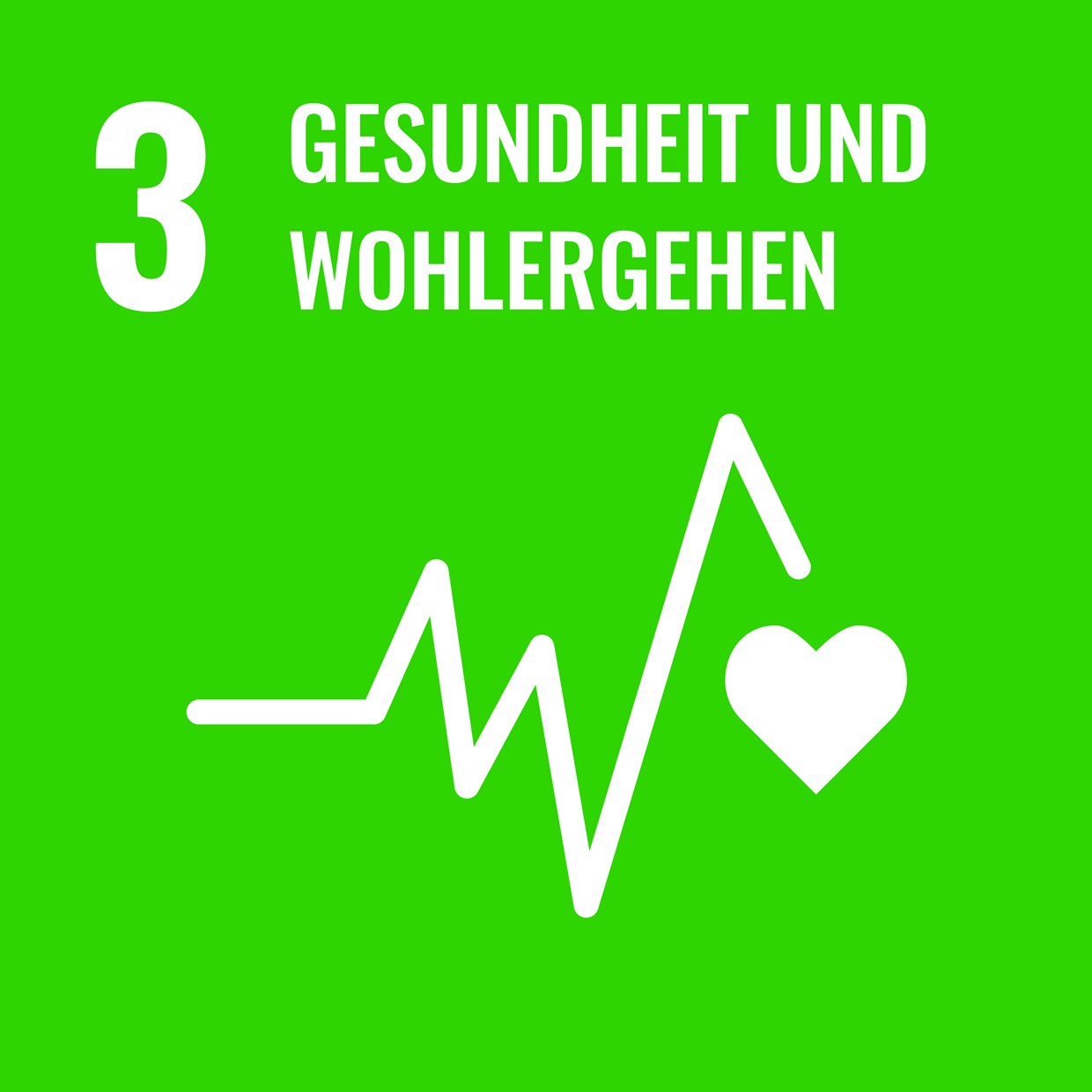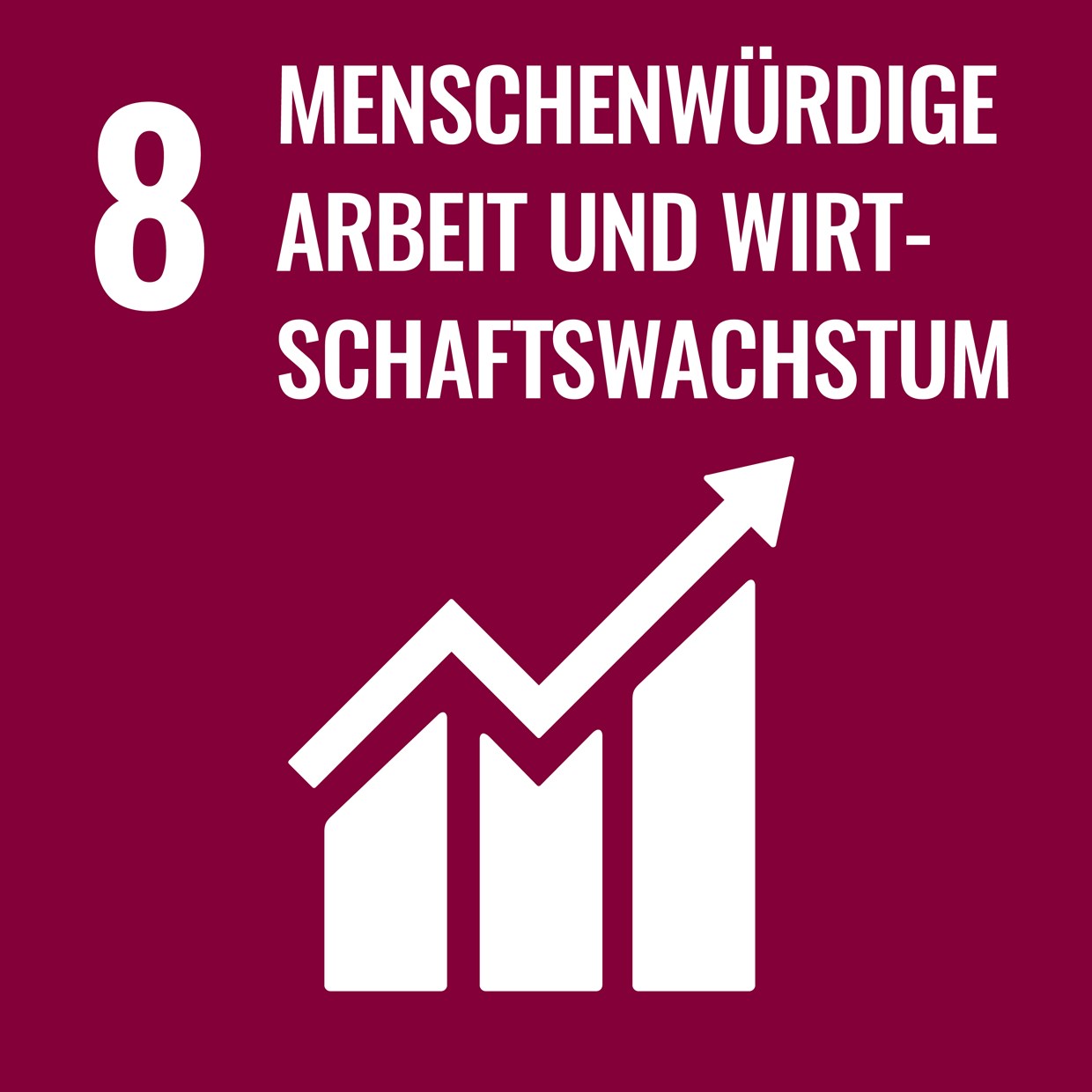Occupational safety and health
STRABAG’s success is built on the hard work and dedication of a committed workforce. For this reason, occupational safety and the health of all our employees, whether on the construction site or at the office, is a fundamental part of and a top priority in our corporate culture. Health and safety in the workplace, together with a safe working environment that helps to prevent accidents and work-related illnesses, are important prerequisites for the performance of our employees so they can continue to contribute to the productivity of the Group and to the quality of our services. As part of our corporate-wide initiative 1>2>3 Choose Safety, we have set ourselves the goal of Vision Zero – Zero Accidents. Due to constant changes in the working environment, high levels of physical and mental stress, and unpredictable weather conditions, workers in the construction sector are exposed to a particularly high risk of accidents and health hazards compared to other sectors of the economy.
Rules, responsibilities and due diligence
To help us manage this complex topic in an even more focused and effective manner, the Management Board of STRABAG SE decided to establish a new central staff division reporting directly to the CEO with effect from 1 January 2023. The new entity, Health Safety Wellbeing & Management Systems (HSW | MS), brings together the areas of safety, health and health promotion and links them even more closely together than before. On 1 January 2024, the Management Systems (MS) subdivision and the Business Compliance central staff division were merged to create a joint central staff division.
Group-wide standards for occupational safety and health
The STRABAG Group is certified to ISO 45001 (Occupational Health and Safety Management Systems) and is regularly audited internally and externally in this regard. An obligation to comply with these standards is laid down in a group directive that applies to all employees within the Group as well as to our external contractors. The directive, which was revised on the basis of the new organisational structure and will be rolled out in 2024, defines corporate-wide minimum standards for occupational safety and health, including the standardisation of organisational structures, accident reporting processes, accident investigations and personal protective equipment, among other things.
Protective measures, rescue concepts, and training and instruction needs with regard to health, safety and wellbeing are derived from the respective risk assessment of each specific area of work. This evaluation is carried out for employees at all levels. Our own employees as well as employees from external companies are treated equally and are jointly required to implement the derived protective measures in their own area of work. The 1>2>3 safety campaign also sets safety priorities and provides instructions based on the HSW calendar, which is updated on a monthly basis with relevant hazard and safety topics.
Serious accidents are analysed using lessons learned, with appropriate measures derived in cooperation with the national HSW representatives. For 2023, for example, corporate-wide measures were defined concerning safety in the handling of construction machinery. The standardised inspection apps were expanded to include a key question to ensure a focus on the safe use of autonomous equipment and large machinery. In 2023, 41,164 inspections were carried out in this regard.
Health protection measures to prevent work-related illnesses are also derived from the anonymised indicators provided by the accident insurance institutions. Recognised occupational illnesses include skin diseases, back pain, hearing loss and asbestosis. Climate change is intensifying the strain of working on construction sites, which is why the accident insurance institutions’ indicators are also used to derive protective measures for work in hot weather, for example to prevent heat stroke or sunburn.
The following committees have been set up to advise on issues of safety, health protection, health promotion and human-centred work design:
- HSW Group Committee (once a year)
- HSW National Committee (once a year in each country)
- Subdivision Occupational Safety Committee (at least once a year)
- Knowledge sharing with the HSW national representatives (once a month)
The safety committees consist of employer representatives and prevention experts as well as employees from various corporate levels. Country-specific requirements regarding the composition or frequency of meetings are taken into account with regard to the committees’ work in each respective country. The management is responsible for convening and conducting the meetings.
The HSW inspection pyramid commits our leaders at all levels to monitor compliance with the protective measures. The goal is to achieve zero tolerance for non-compliance with specified safety regulations. The inspection form for leaders is to be used by division leads, subdivision leads, business unit leads and group leads as documentation of the regular HSW inspections. The construction site team, which includes site managers, technicians, plant managers, forepersons and other supervisors, uses a separate and more detailed form for this purpose.
Minimum number of documented inspections

Occupational health services are ensured in accordance with the respective legal requirements in the EU countries where we operate. Compliance with the EU’s OSH Framework Directive 89/391/EEC is precisely defined, as are the requirements and basic principles for prevention measures and risk assessment, and the occupational safety and health obligations of employers and employees. To ensure and continuously improve the quality and effectiveness of the occupational protection management system, certified occupational safety and health management systems (ISO 45001, Safety Certificate Contractors) are implemented and certified throughout the Group.
Unfaelle
Objectives and indicators
STF hazards (slips, trips and falls) are the most common cause of accidents at work, responsible for around 25% of all incidents. Our primary goal is therefore to continuously reduce the number of STF accidents on our construction sites. To help us measure the effectiveness of our safety efforts, we attach great importance to the exact determination of the lost time accident rate and the accident incident rate (= lost time injury frequency).
The lost-time accident rate – calculated as the number of working hours lost to accidents versus productive working hours – decreased to 0.23% in 2023 compared to the previous year, with 0.36% among blue-collar (wage-earning) and 0.05% among white-collar (salaried) workers (2022: 0.24% in the Group, 0.37% among blue-collar, 0.05% among white-collar workers).
Lost-time accident rate1
2019 | 2020 | 2021 | 2022 | 2023 | |
Blue-collar | 0.37 | 0.41 | 0.40 | 0.37 | 0.36 |
White-collar | 0.05 | 0.07 | 0.07 | 0.05 | 0.05 |
Total | 0.24 | 0.27 | 0.26 | 0.24 | 0.23 |
1Productive working hours 2023: blue-collar: 78,638,119; white-collar: 60,156,298
Since 2022, an additional focus has been placed on lost time injuries with severe consequences. This focus considers occupational accidents that lead to 43 or more days of lost time due to broken bones, multiple injuries, burns, poisoning or electrocution.
The accident incident rate (LTIF) – calculated as the number of accidents at work per 1 million productive working hours – decreased in 2023 compared to previous years to 14.2 accidents per 1 million productive working hours across the Group (2022: 14.8; 22.6 among blue-collar and 4.1 among white-collar workers). Unfortunately, six fatal occupational accidents were recorded in 2023. To better reflect the broad positioning of the STRABAG SE Group and its regional differentiation, an accident incident rate under 35 was declared as the absolute upper limit for all subdivision and corporate entities.
Accident incident rate2
2019 | 2020 | 2021 | 2022 | 2023 | |
Blue-collar | 23.9 | 24.1 | 23.9 | 22.6 | 22.2 |
White-collar | 4.3 | 4.9 | 4.4 | 4.1 | 3.9 |
Total | 15.9 | 15.9 | 15.6 | 14.8 | 14.2 |
2The figures include accidents at work (excluding accidents occuring on the way to or from work as well as occupational illness) with lost time at least one calendar day, counted from the day after the accident incident.
The lost time illness rate is calculated from the ratio of sick leave days to working days. In 2023, this indicator fell to 5.5 (2022: 6.1).
Lost time illness rate
2019 | 20203 | 2021 | 2022 | 2023 | |
Blue-collar | 5.8 | 6.7 | 7.5 | 7.6 | 7.0 |
White-collar | 3.6 | 3.4 | 3.5 | 4.1 | 3.5 |
Total | 4.9 | 5.3 | 5.8 | 6.1 | 5.5 |
3Values were adjusted retroactively due to a change in the calculation method.
Projects and initiatives
With the relaunch of our corporate-wide safety campaign 1>2>3 Safe!, we set ourselves the goal of raising awareness for occupational safety and health among everyone involved. Take Care! is the message that our employees’ family and friends are sending out to their loved ones. Supported by a personal message from CEO Klemens Haselsteiner, all of our staff are made equally responsible for contributing their share to occupational safety.
STF hazards continued to be a focus of our occupational safety activities in 2023. As part of our endeavour to adapt the safety shoes required on construction sites, a wear-and-tear field test was rolled out internationally in 2023. As a result of the positive evaluation by the testers, the modified shoes will be introduced throughout the Group in 2024.
Ongoing preventive healthcare measures include counselling and workshops focused on exercise, nutrition, addiction and stress prevention. We also offer spinal, heart and mobility screenings, strength, stress and balance tests as well as personalised campaigns on ergonomics, healthy drinking habits and mental health for specific target groups.
The Health Mobile, a concept that has been used successfully in previous years to carry out the above-mentioned screenings directly on construction sites, was again well received by our workers in 2023. The Health Mobile reached 966 mainly blue-collar workers at 78 construction sites, carrying out a total of almost 2,200 health screenings.
Outlook
In addition to rolling out the modified safety shoes, the decision was made to centralise the purchasing of personal protective equipment (PPE) to a greater extent in the future in order to ensure the standardised quality of the protective gear within the Group.
As part of our digitalisation activities, the Group approved the development of a corporate-wide HSW platform, a software solution for the structured and corporate-wide recording and evaluation of relevant data. The platform will serve as a key management tool in the area of occupational safety and health by keeping documentation obligations, such as compliance with processes or control mechanisms, simple and transparent. The aim is to test the digital platform in Germany, Austria and Switzerland in 2024 in preparation for a wider roll-out.
In addition, a joint pilot project was initiated with Corporate Communications and STRABAG Innovation & Digitalisation (SID) to test the use of AI-supported avatar videos. The correct use of ladders was chosen as a test topic and a corresponding instruction video was created in several languages. The AI enables the video content to be easily scaled into other languages, breaking down language barriers on the construction site. The solution makes it possible to communicate important occupational safety content in an accessible manner. The video is currently being tested for quality and usability with the operating staff on the construction site.

